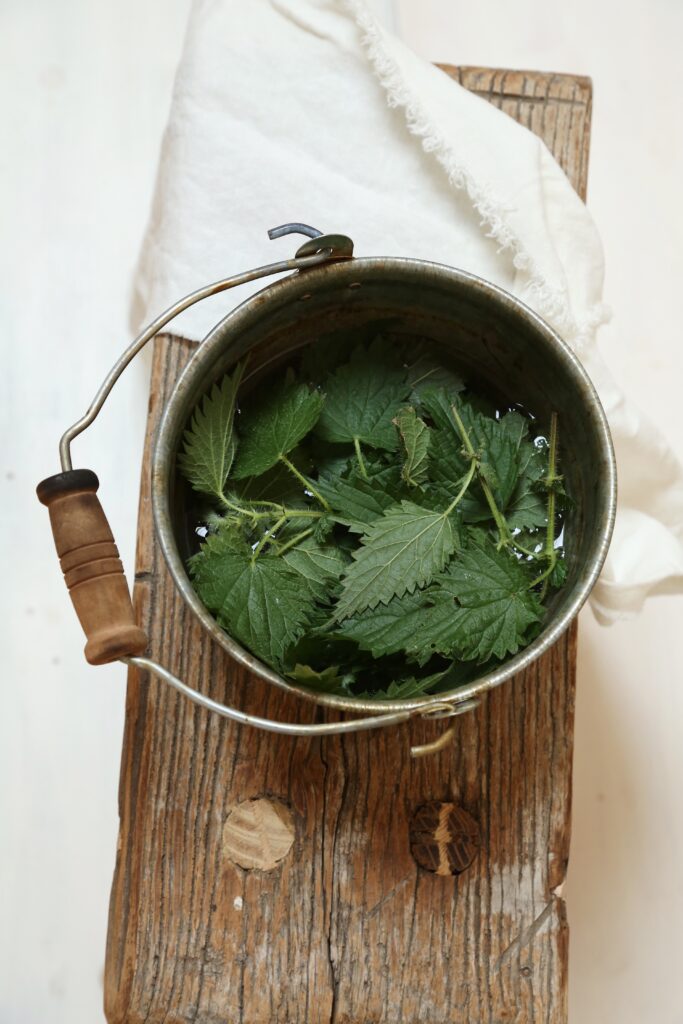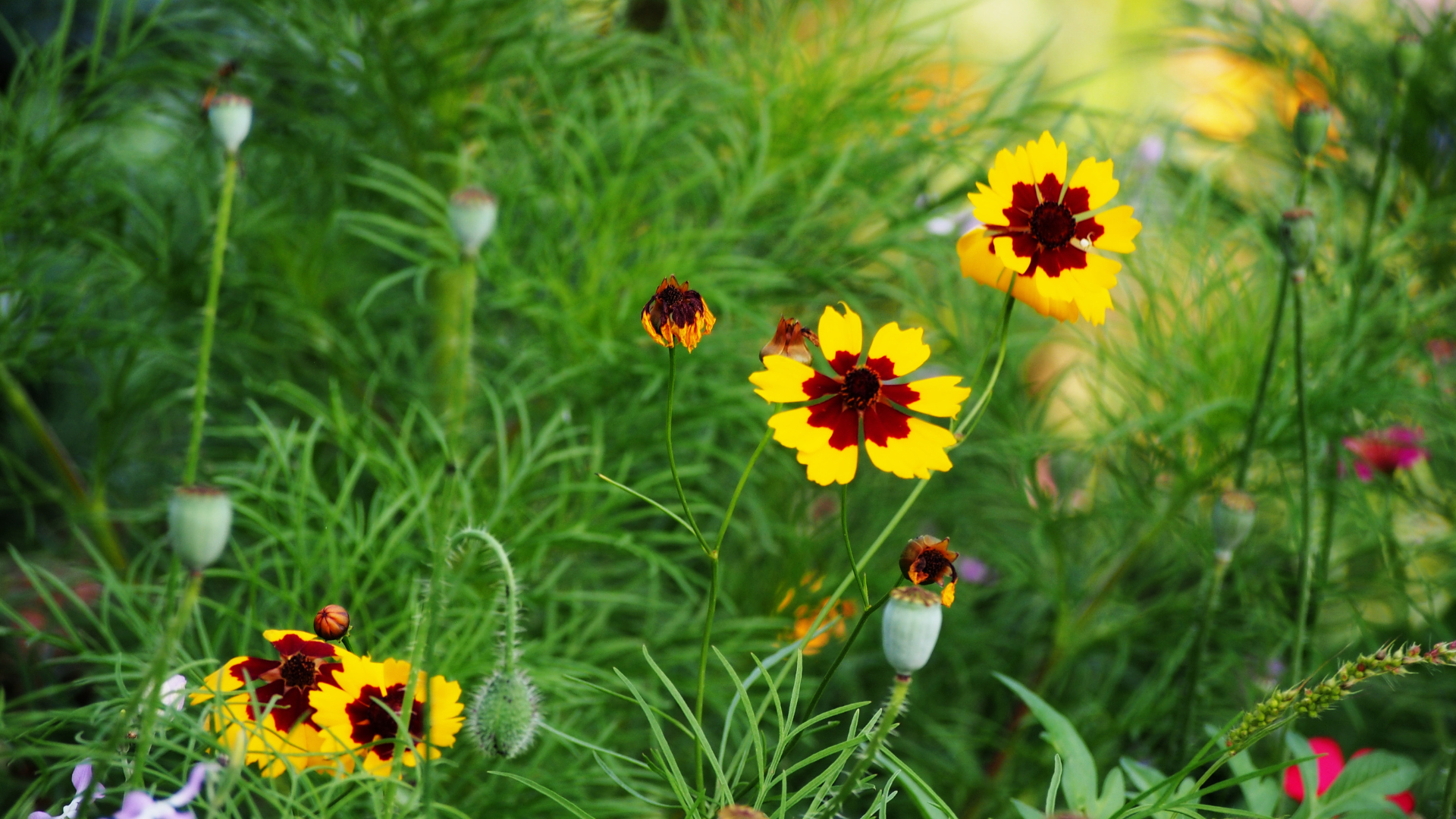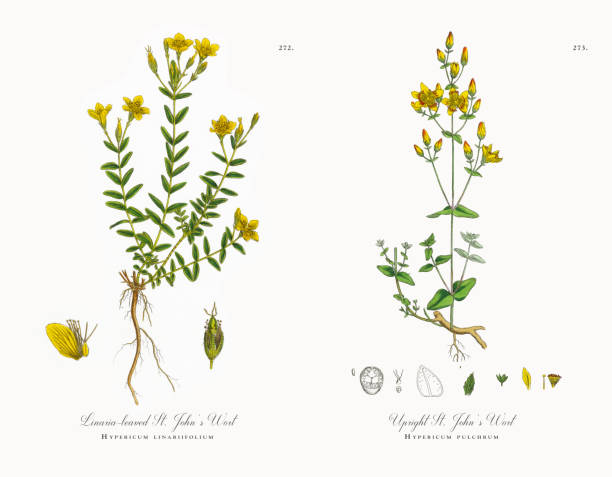
It’s been a summer of grey skies and torrential rain here in Ireland. Even with the never-ending rain, there is a wide variety of summer dye plants for you to experiment with at the moment. If you’re on the other side of the hemisphere, many of the trees I mention below will be coming into blossom and providing new sources of colour for you. I have compiled a list of my favourite summer dye plants that are in bloom and growing in abundance this season.
Where can I look for natural plant dyes?
Learning how & where to look for natural colour can be challenging. As you probably know, natural colour can come from many places, like flowers, plants, trees, fungi, lichen, minerals or invertebrates. Like most processes, with some practice, you can become familiar with the sources of colour that grow in your area. One of the best places to start & get good colourfast natural dye is from trees. Many leaves, branches, bark or seeds from trees will provide natural hues from the dye bath. One of my favourite trees to work with is willow; you can get the most beautiful rusty terracotta & pink shades from this elegant tree.

Look around your neighbourhood or wild areas and see if you notice any plants or trees on the list below. Then gather a small amount from a few different sources of the same plant. Next, you will want to shake out the plants or let them sit outside for an hour to allow any small insects or creatures to escape.


How to make a dye bath:
Cut or break the plant matter into 1-2″ pieces. Flowers, seeds & nuts don’t need to be broken up & can go straight into the pot. Secondly, place your plants in a pot (large enough to hold whatever you are dyeing), add water & heat gently. After a few hours (less for flowers), the water will change colour & become stronger as the dye extracts. Turn off the heat & let the dye bath cool overnight. Lastly, strain out your plant matter & now your dye bath is ready to use!
With all this in mind, here is a list of my favourite summer dye plants that are growing abundantly at the moment.



Summer dye from flowers & leaves:
- Tansey
- Yarrow
- Marigold
- Buddleia
- Gorse
- Heather
- Nettle
- Ladies Bed Straw
- Red Poppy Petals
- Black Hollyhock
Summer dye from trees:
You can use the trees’ leaves, branches & twigs listed below.
- Oak
- Apricot
- Peach
- Apple
- Pear
- Elder
- Eucalyptus
- Hawthorn
- Willow
- Alder
Have you worked with any of the ones I’ve mentioned or do you have any other summer favourites, I’d love to hear what you’re favourite dye plants are this summer. x Kathryn






+ show Comments
- Hide Comments
add a comment